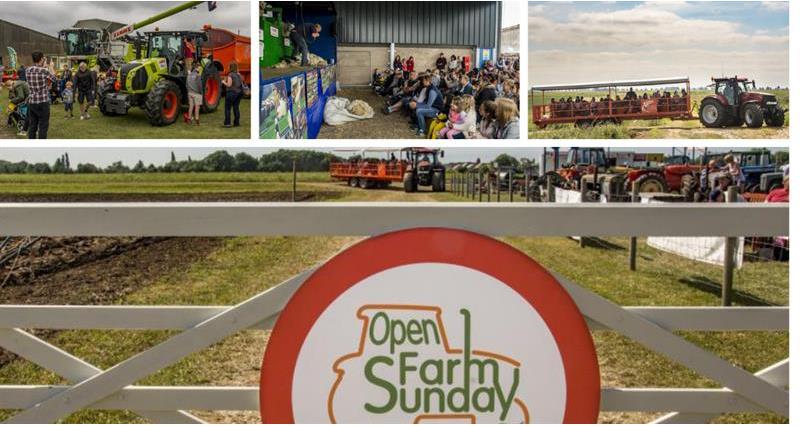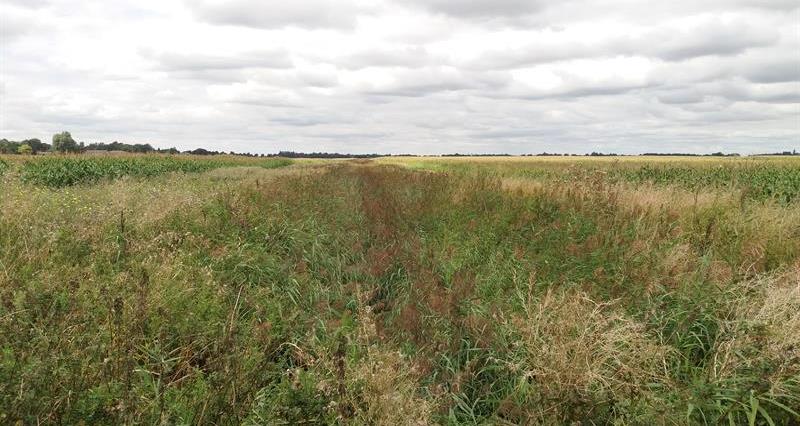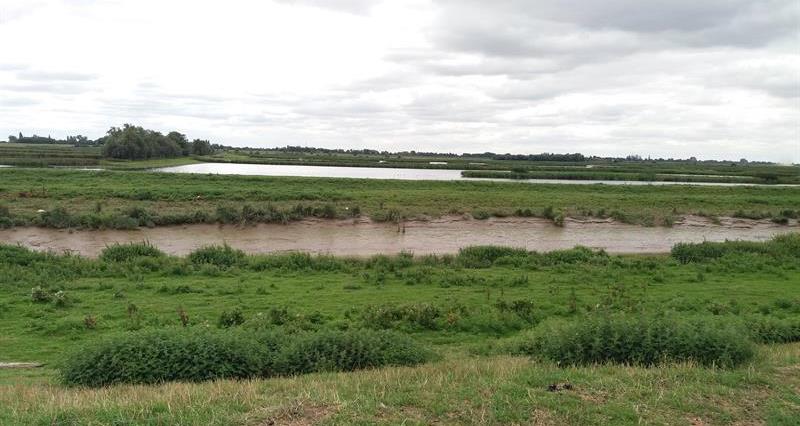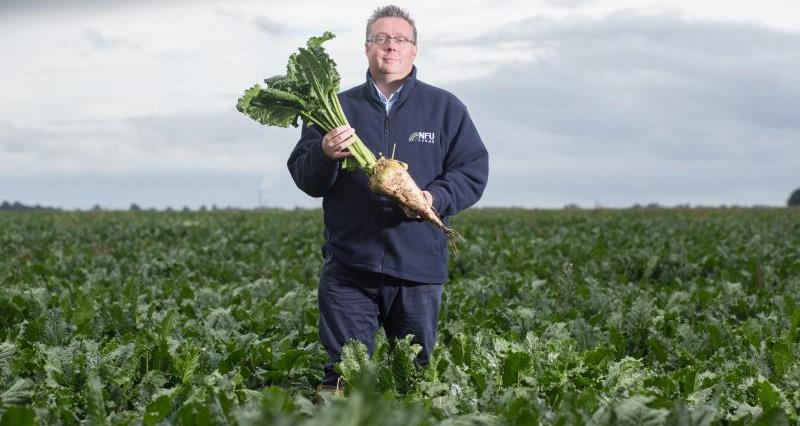Michael Sly runs a 1750ha arable farm in the Cambridgeshire Fens, growing wheat, OSR, sugar beet, mustard, peas and barley.
He has been farming here since 1990, but his family have connections with the Fens for the last 350 years. He employs six people on the farm.
The business keeps the environment at its centre, and is an enthusiastic participant in Open Farm Sunday, having attracted over 66,000 visitors since they first took part in 2006. The farm had 200ac in Countryside Stewardship from 2000 and in 2011 they moved in ELS and HLS schemes, through the help of the RSPB.
Michael is proud to farm in the Fens, a particularly productive region, and believes it is important to balance caring for the environment with the duty to feed the nation from this productive area, as the two are complimentary rather than opposed.

Environmental Schemes
“I first got involved in 2000 when we entered CS, and I was getting involved with organisations like the NFU. I was disappointed at the negative press about the Fens, which is an area that balances its environmental and food production duties. Across the farm we have 53.5ha which is being used to benefit the environment. This includes 10ha of woodland, 434 lone trees, and 400 skylark plots. Through the Woodland Trust we planted several Royal Oaks in a field that forms part of ancient Abbey monastic grounds, returning it to its parkland status. This field also hosts the Adders Tongue plant and has ponds which are home to Great Crested Newts.
“Although we are no longer in CS, we have kept all of the initiatives we put in back then, such as beetle banks and 6m grass margins. One of our HLS options is the RSPB option for birds, and we have planted large areas of wild bird seed mix. We have subsequently seen a significant increase in the number of birds on farm, including corn bunting, linnet, yellowhammer, skylark, and kestrel. We have also seen the return of the lapwing and grey partridge, which is a real win for us!

Through a contact from Northampton we’ve also started putting up barn owl boxes to encourage them onto the farm and were part of another project looking at yellow wagtail breeding. We participate in the RSPB’s Fens Farmland Brid Monitoring Projects, and a 2017 survey counted over 50 different bird species on the farm. The farm borders the Nene Washes, a 3000ac flood storage area, and we also get lots of wading birds from this area, as well as wildlife such as otters.
I am particularly proud that we have sightings of the European Common Crane on our land, which have come from this floodplain: in 2018 we have seen flocks of up to 19 cranes. This also improves our engagement with our neighbours as we are all invested in the future of these birds. We actively try and ensure that there isn’t a hard border between such environmental areas and our farmland so that the wildlife can move and be supported. The environmental areas also work as a good management tool; for instance a 16ac field that has been put into grass and clover which also provides compensatory breeding habitat if the Nene Wash has a spring flood, benefitting the environment.
Attracting pollinators
“Alongside our work for birds we also support initiatives that encourage pollinators. We have many areas planted with pollen and nectar mixes, which, alongside our OSR, means that the farm provides 51 tons of pollen protein and 76 tons of nectar per year for pollinators.
A few years ago we participated in an Assessment of Food Supply for Pollinators, carried out by the English Mustard Growers in association with Unilever, the British Beekeepers Association and InVivo AgroSolutions. This report found that we had a gap in our pollen provision over winter and spring. As a result we have now planted 40,000 crocuses to provide early spring pollen for bees, feeding through this hunger gap. We will also look to plant goat willow too. Establishing these mixes has been a learning process; as we have such fertile soil the first mixes were outcompeted by weeds, so we have had to adapt to overcome this issue.
Creating and maintaining habitats
“A key difference of farming in the Fens is that instead of hedges we have drainage ditches, our inverted hedges. In the Fens there are 4000 miles of Internal Drainage Board ditches. When you add in the farmers’ ditches, there are probably 20-30,000 miles of ditches in the Fens. Across the farms we have over 100 miles of ditches! These provide habitat for insects, birds, plants and aquatic life.
To improve their environmental benefit we have put in scallop shaped scrapes along the ditches to create different gradients. This allows access to the water for deer and other mammals, ensures that they can get out, and encourages other species. We also carry out alternate mowing in these areas. As a new initiative we are putting in more scalloped profiles along the ditches which are now providing habitat for fish, kingfishers and dragonflies.
We also support small mammals such as brown hare and field mice by creating areas of tufty grass, which also benefits deer and birds of prey. This supports the jigsaw approach we take, as all the different parts of the farm fit together to support high levels of quality food production alongside extensive areas of habitat and environmental enhancement.

By taking areas out of production for the benefit of the environment we are able to focus on the more productive parts of the land, improving our yields and taking awkward areas of land out of production. It also means we can produce food for wildlife in these environmental enhancement areas. Seeing our measures have a positive impact is encouraging: not only does it show that our efforts are supporting an increase in bird numbers, but it also makes our team more enthusiastic and aware of the wildlife on farm. It is also good for the general wellbeing of those working on the farm.
The future
“Moving forward, I would be keen to participate in another scheme post 2021 when our current scheme runs out. I would like to be able to develop the core environmental base that we have already established, through a scheme that allows us to fine tune and enhance our existing measures. For instance we are looking to do more work connecting the habitat areas to further support the biodiversity we have on farm. We would also like to work with other organisations more, such as the RSPB, as we feel we benefit from external surveys which both highlight our successes and then advise on other steps we can take.
As we are a larger unit, we have greater scope to put in a diverse range of environmental measures which we are keen to do, but we need a scheme that will support us through this, and then we can all benefit from a rich environment and good food production.”
You may also be interested in:
